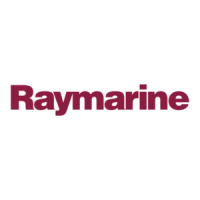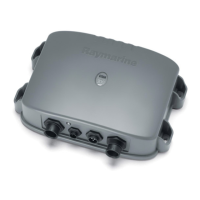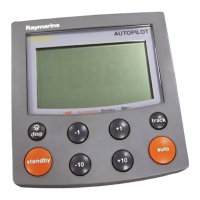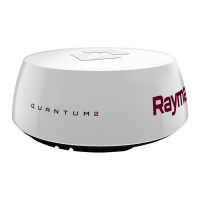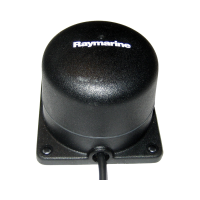Chapter 4: Integrated Radar Operations
73
Chapter 4: Integrated Radar Operations
4.1 Introduction
This chapter explains how to use and display non-radar information that may be
available from other units connected to your system. It also explains how to use
the man overboard (MOB) function.
You can use this chapter with the radar display set to simulator mode, or on the
water after you have installed and set up your HSB Series Pathfinder Radar
system.
In order to use these functions, you need the following additional data from
equipment connected to your system via a SeaTalk, NMEA or HSB link:
Data Example source Integrated functions available
Heading Compass
*
- Heading value in status bar
Autopilot - North Up or Course Up heading modes (as
alternatives to Head Up)
- MOB (if speed data also available)
Waypoint Chartplotter - Waypoint display and data
data
Position GPS system - Marks
- Position data in Data Box and Nav Window
- MOB
- COG, SOG and time
Other data Transducers - Data Box and Nav Window data displays,
including speed, depth, wind
Chart display Chartplotter, either - Chart display as full-screen or half-window
combined or via display
HSB connection
*
If heading data is available via both NMEA and SeaTalk, NMEA data takes priority. For all other data,
SeaTalk data takes priority (see Section 6.3).
This chapter covers the following topics, see also Chapter 2 for information on
HSB displays:
• Changing the heading mode of the radar picture
• Using marks
• Man Overboard (MOB)
• Cursor echo
Chapter 4
Integrated Radar
Operations
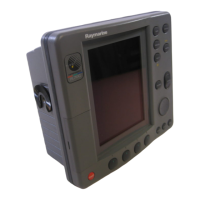
